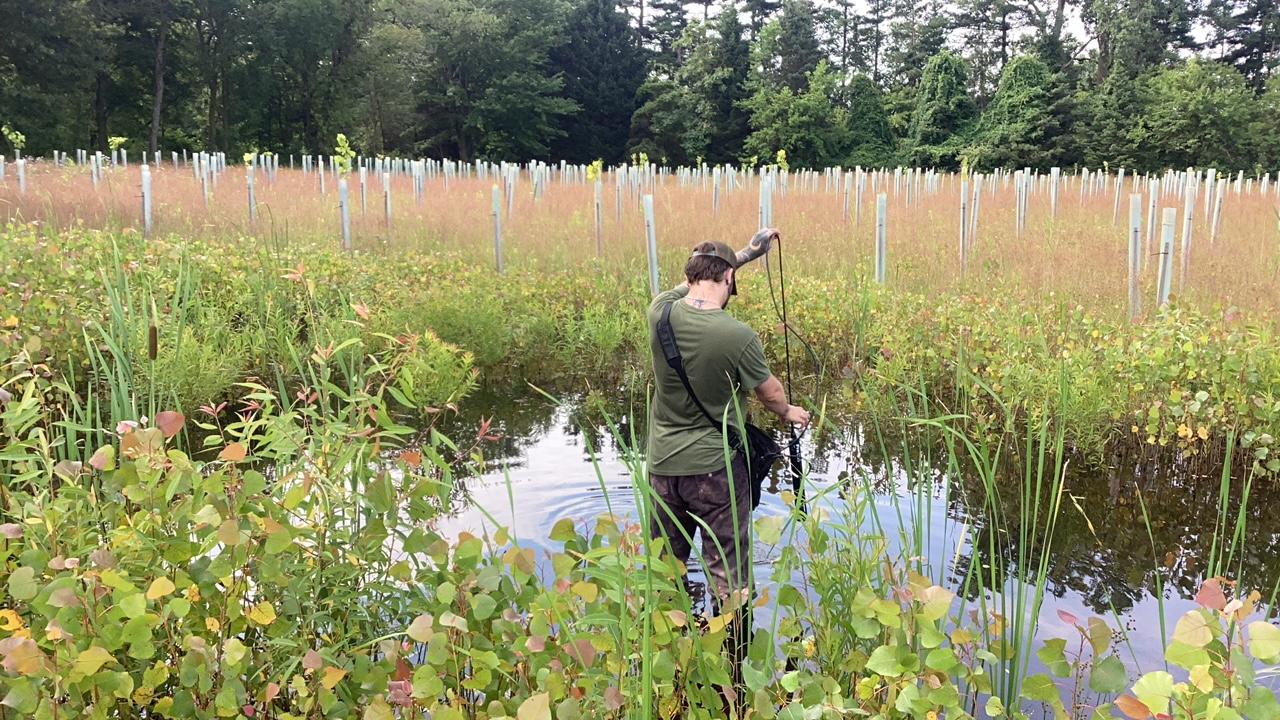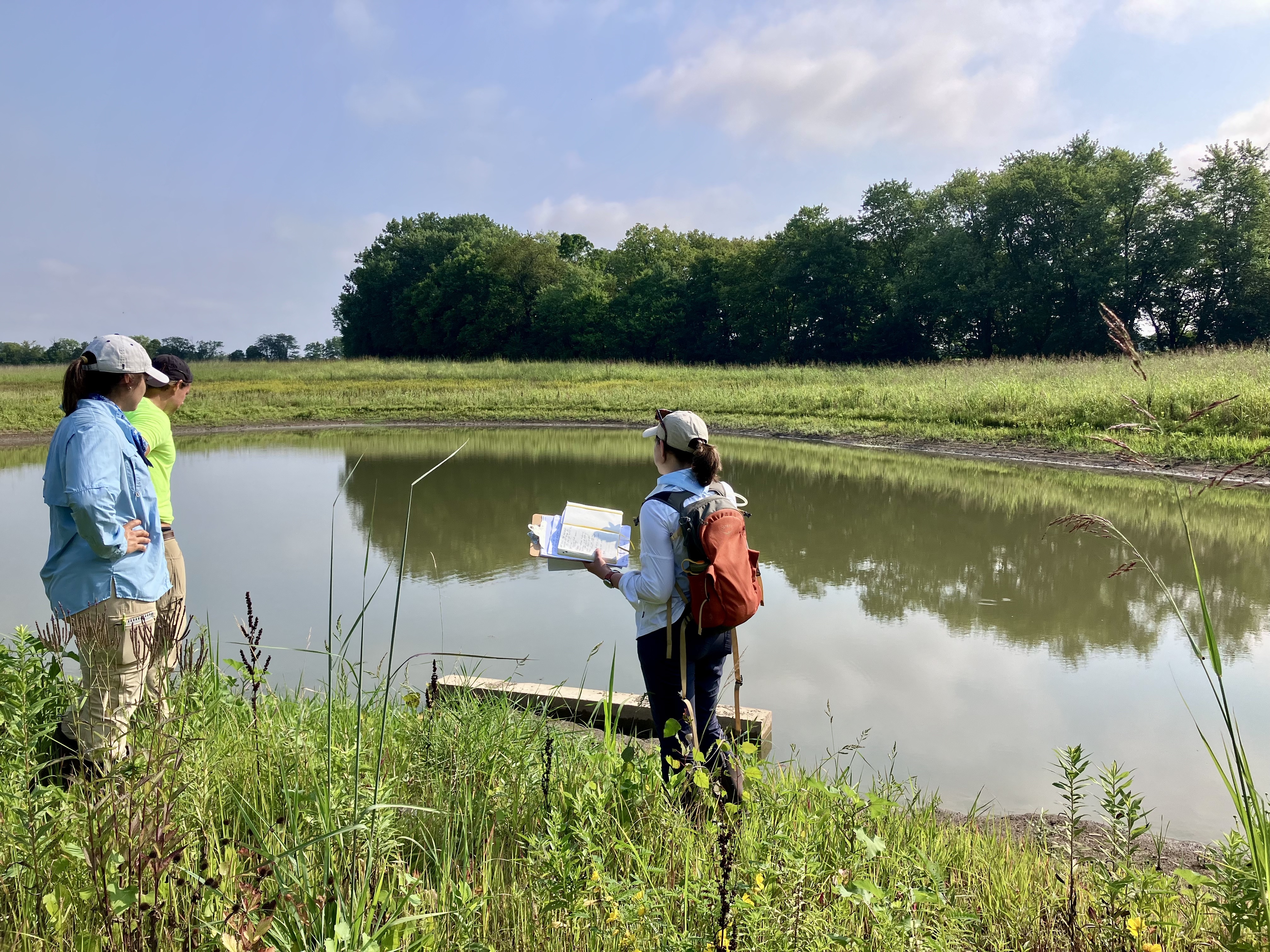
Lauren Kinsman-Costello, Ph.D., associate professor of biology at 91│ď╣¤═°, has released new insights on OhioÔÇÖs ongoing wetland restoration efforts through the , which she leads in collaboration with the Lake Erie and Aquatic Research Network (). The programÔÇÖs highlights the growing impact of restored and newly constructed wetlands in reducing nutrient pollution and helping prevent harmful algal blooms (HABs) in Lake Erie and other Ohio waterways.
Since 2021, LEARN scientists from Kent State, The University of Toledo, Bowling Green 91│ď╣¤═°, Wright 91│ď╣¤═°, The Ohio 91│ď╣¤═°, and Heidelberg University have monitored 45 wetland restoration, enhancement, and construction projects. The findings confirm wetlandsÔÇÖ crucial role in filtering nutrients such as phosphorus and nitrogen before they reach larger water bodies.

ÔÇťThis report improves our understanding of how to design and manage wetlands for maximum environmental benefit to help reduce HABs,ÔÇŁ Kinsman-Costello said. ÔÇťThe findings help ensure that every dollar invested in these projects delivers the greatest return in cleaner water and healthier ecosystems.ÔÇŁ
Key Findings from the 2024 Report
- Consistent nutrient reduction: All monitored wetlands with sufficient data retained phosphorus and nitrogen, the main drivers of HABs.
- Retention performance: Wetlands retained between 0.2ÔÇô29 pounds of phosphorus per acre and as much as 863 pounds of nitrogen per acre.
- Design and management matter: Wetlands draining large, nutrient-rich areas and maintaining longer water retention times were most effective.
- Weather impacts: Drought conditions in 2024 limited nutrient inflow, but retention effectiveness is expected to increase in wetter years.
- Active management enhances results: Wetlands with water-level control structures or pumps retained more nutrients.
- Soils and plants aid long-term storage: Wetland soils demonstrated high capacity for additional phosphorus storage, while native vegetation improved biodiversity and nutrient retention.

The program, part of Governor Mike DeWineÔÇÖs and managed by the Ohio Department of Natural Resources, continues to guide future wetland design and restoration across the state.
For more background on Kinsman-CostelloÔÇÖs earlier findings and the science behind OhioÔÇÖs wetland monitoring efforts:
ÔÇťKinsman-Costello Gives Update on OhioÔÇÖs Wetland Restoration Efforts and Impact on Lake ErieÔÇŁ
# # #
Media Contacts:
Lauren Kinsman-Costello, Ph.D., lkinsman@kent.edu, 330-672-3640
Jim Maxwell, JMAXWEL2@kent.edu, 330-672-8028




